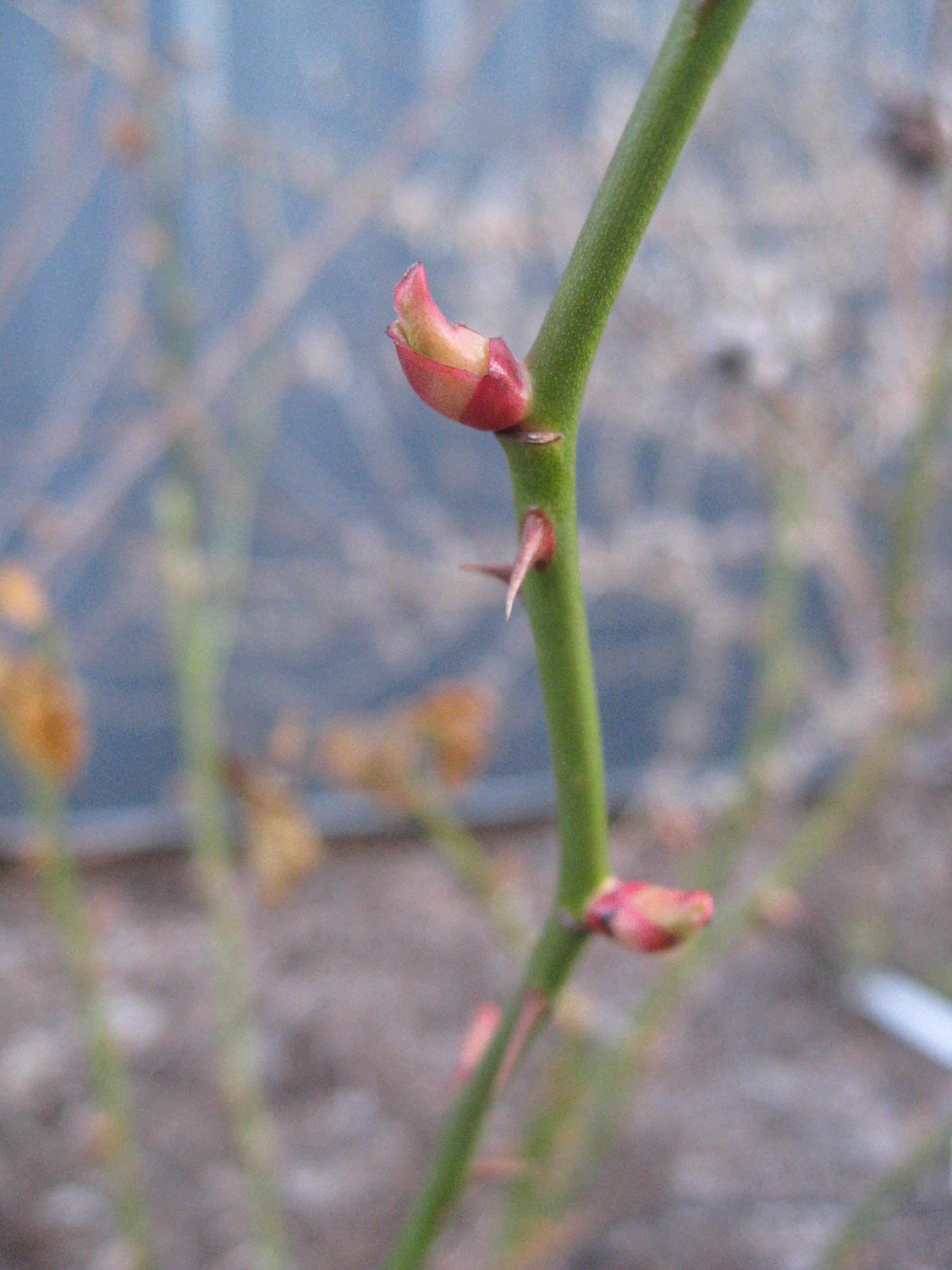Pruning Shrubs, Part 3 - How to Prune
1. Use the right tool
When you set out to do your pruning, the right tool for the job is a pair of sharp bypass pruners. These work with a scissor-like action, with the blades sliding past one another to make a nice, clean cut. This is preferable to anvil pruners, where the blade comes down on a thick plate, which results in a messy, tattered cut.
2. Follow the 1/3 rule
Many people are intimidated when they try to think about how much they can prune without damaging the shrub’s health and vigor. When making pruning decisions, keep in mind that you can safely remove up to one-third of the plant’s growth at any one time. There may be times when you prune more, such as when you are rejuvenating an overgrown shrub, but generally speaking, the “one-third rule” is the best guideline to follow. This can mean removing one third of the total height, or one-third of the total number of branches, depending on the type of plant and how severely it needs to be cut back. It’s best to err on the side of caution and cut too little than too much.
 3. Be strategic about where to cut
3. Be strategic about where to cut
Cut back each stem to a big, healthy bud. The size of the bud determines the vigor of the growth that will come from it – this is another reason why you should wait until growth begins to do your pruning. When you are pruning plants with alternate foliage (where the leaves are not directly across the stem from one another), the direction the bud is facing determines the direction that the new stem will grow. You can capitalize on this fact and choose to guide the growth of these plants away from paths and living areas, or to work toward filling in bare areas in your landscape.
4. Give your shrub a good shot at recovery
When cutting into a branch, aim to minimize wounding. Make straight, not slanted, cuts: this results in the smallest exposed surface area and encourages quick recovery. Do not make them too close to the bud, which could damage it, and do not make them too far from it, which leaves a useless stub of wood that will eventually rot away.
5. Back up for better perspective
One of the best possible tips for your pruning sessions is to remember to step back and look at the plant every 3-5 cuts. This helps you get a good sense of the direction you’re headed and helps you make wise and informed decisions for the next round of cuts. If you aren’t sure whether or not something should be cut, or how much it should be cut, tie a piece of string on the branch in question and step back to consider what the effect of cutting the branch would be.
Congratulations! You’ve just learned the basics you need to prune flowering shrubs and roses in your landscape. If you’re still a little leery to go out and prune, though, don’t worry. We’ve got you covered with a quick and easy guide to pruning the most popular shrubs. Coming Soon. If you missed the first two articles you can click these links read Part 1, Why and Part 2, When. The fourth, and final, installment in this series is a plant by plant guide to pruning.



 3. Be strategic about where to cut
3. Be strategic about where to cut
